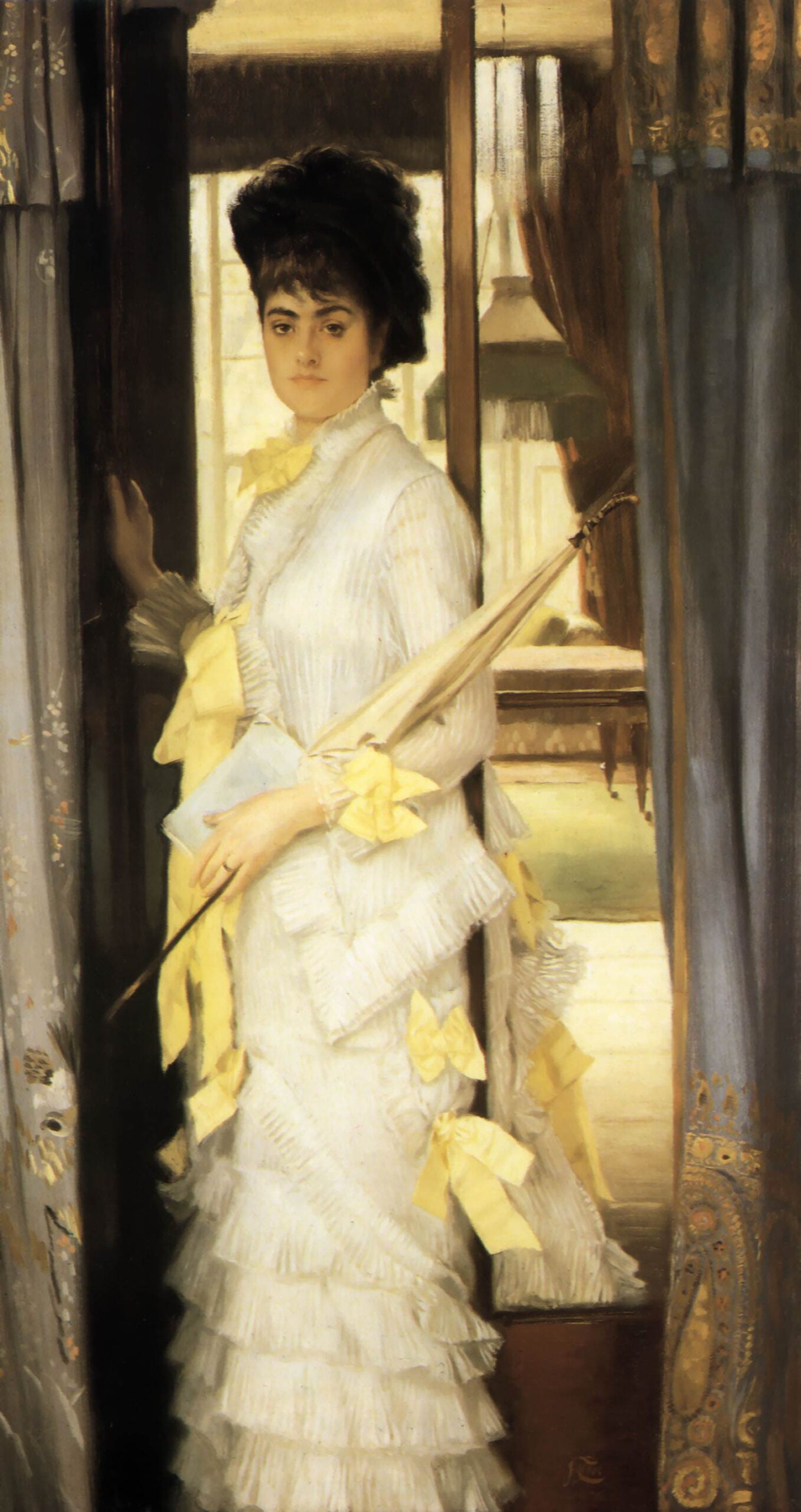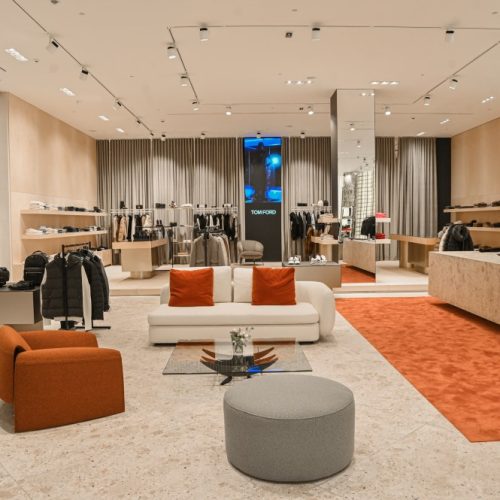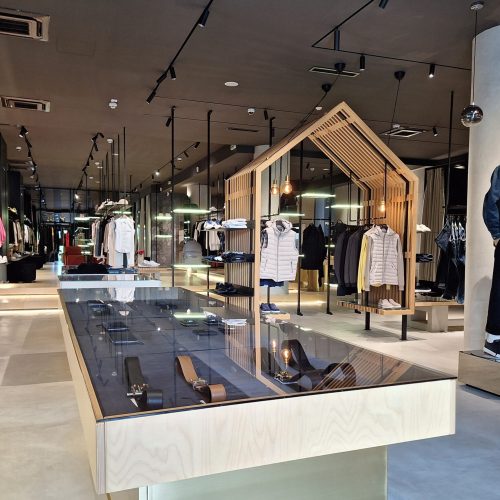For a long time, summer has been an inspiration both for fashion designers and other visual artists, while sunny, warm, and long summer days demand serious fashion preparations, regardless of whether we spend them at work or on vacation. Carefully selected, practical, and quality summer clothes will make us elegant and trendy during numerous and diverse summer activities, but also provide us with the feeling of comfort, confidence, and ease. As a season of travel, exploration, and new experiences, summer is a good occasion to look back at some of its iconic representations in art, which show the importance of fashion in the life of a modern individual.
In his essay The Painter of Modern Life, published in the Figaro newspaper in 1863, poet and art critic Charles Baudelaire expressed the view that fashion is an important expression of modernity, criticizing contemporary artists for dressing their models in the clothes of the past. One of the artists influenced by Baudelaire is James Tissot, a painter, illustrator, and caricaturist known for his realistic portraits and genre scenes. During his upbringing, as the son of a textile merchant and a milliner, Tissot developed a sense for clothing details, to which he paid special attention. It is known that the artist had a rich assortment of dresses in the studio where he painted his sitters and that he represented the same dress multiple times. One of the recognizable garments in Tissot’s paintings is a white summer afternoon dress of muslin, decorated with ruffles and yellow bows, in line with the fashion of the 1870s. In the compositions Summer (1876), Officer and Ladies on the Deck of HMS Calcutta (c. 1876), and Spring (c. 1878), this dress is accompanied by appropriate fashion accessories such as a hat, parasol, or fan.
In the second half of the 19th century, the Impressionist movement in art celebrated the beauty of the moment and everyday life. Summer and fashion often appear as themes in the works of the Impressionists. Claude Monet painted several summer genre scenes known as Woman with a Parasol. One of them is Woman with a Parasol – Madame Monet and Her Son (1875), which was painted in Argenteuil. The painting depicts Monet’s first wife Camille, walking with their son Jean on a windy summer day. In addition to the white summer dress, Camille wears a hat with a veil fluttering in the wind and an open green parasol, a common fashion accessory at the time. Following Monet’s example, the motif of an open parasol would later appear in the paintings of John Singer Sargent, a portraitist who used clothing as a powerful tool for expressing personality and identity in visual art.
In the famous painting Luncheon of the Boating Party (1880–1881), Pierre-Auguste Renoir depicted a group of his friends, members of Parisian high society. An important part of this scene, set on the banks of the Seine, on the terrace of the Maison Fournaise restaurant near Paris, is the various male and female, formal and informal clothing: classic men’s suits with top hats and bowler hats, sportswear with straw hats, as well as modern women’s clothing – dresses with ruffles and lace worn with fanciful hats decorated with flowers and ribbons. Among the personalities depicted in the painting is Aline Charigot, a seamstress, Renoir’s model, and future wife, sitting at the table with her dog in the lower left corner.
Besides Renoir’s Luncheon of the Boating Party, one of the most popular representations of summer and fashion in art is Georges Seurat’s painting A Sunday Afternoon on the Island of La Grande Jatte (1884). This Neo-Impressionist painting was done using the technique of Pointillism, which involves applying colors to the painting surface in short strokes (dots) to create the illusion of whole forms in the viewer’s eye. Among the clothing of various layers of Parisian society in the park on the island of La Grande Jatte, women’s clothing from the bustle fashion period, which lasted during the 1870s and 1880s, attracts special attention. The striking bustle silhouette, with support structures that expand the rear part of the skirt, gives Seurat’s complex painting the quality of an interesting fashion testimony.
Draginja Maskareli
Museum advisor – Art and Fashion Historian

James Tissot, Summer, 1876; photo: Wikimedia Commons / Public Domain / Tate Britain

James Tissot, Spring, 1878; photo: Wikimedia Commons / Public Domain

Claude Monet, Woman with a Parasol – Madame Monet and Her Son, 1875; photo: Wikimedia Commons / Public Domain / National Gallery of Art, Washington, DC

Pierre-Auguste Renoir, Luncheon of the Boating Party, 1880–1881; photo: Wikimedia Commons / Public Domain / The Phillips Collection

Georges Seurat, A Sunday Afternoon on the Island of La Grande Jatte, 1884; photo: Wikimedia Commons / Public Domain / Art Institute of Chicago



